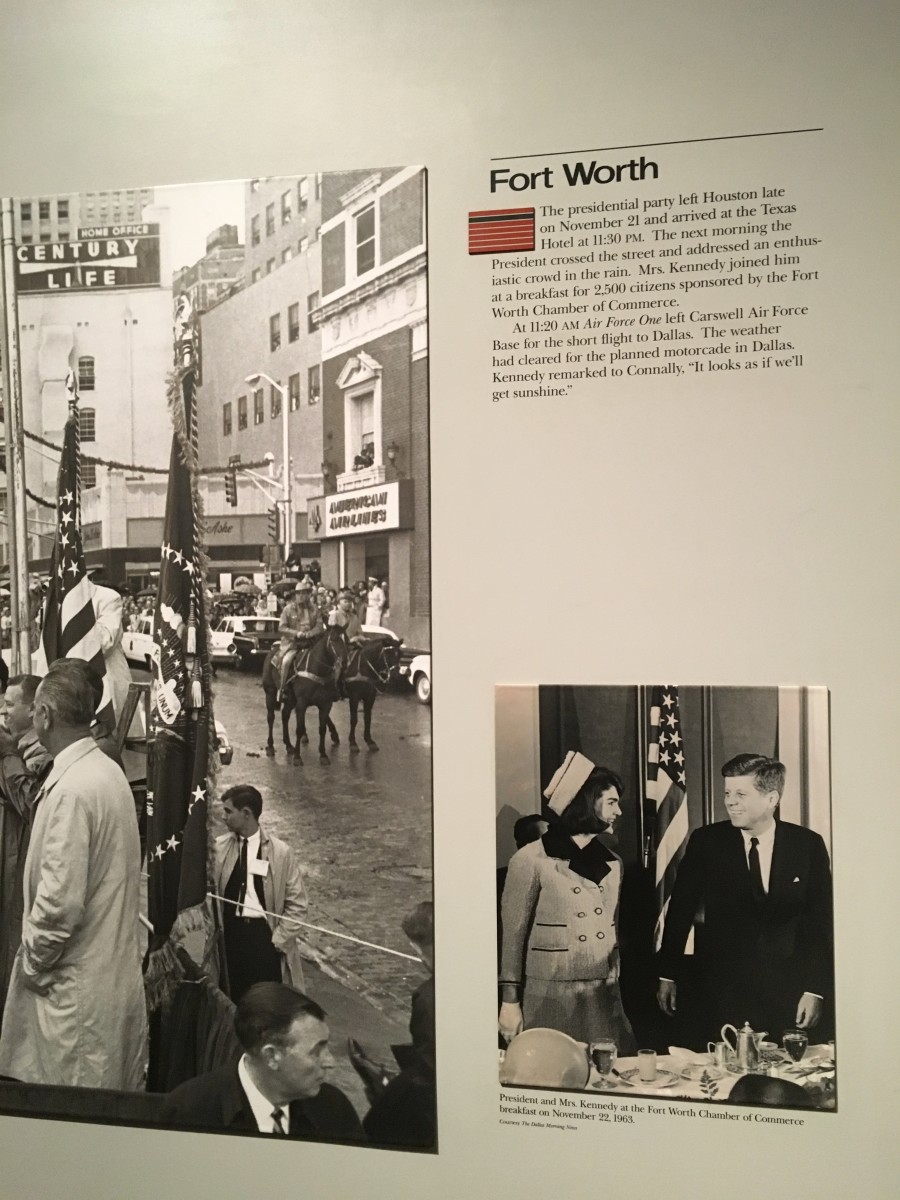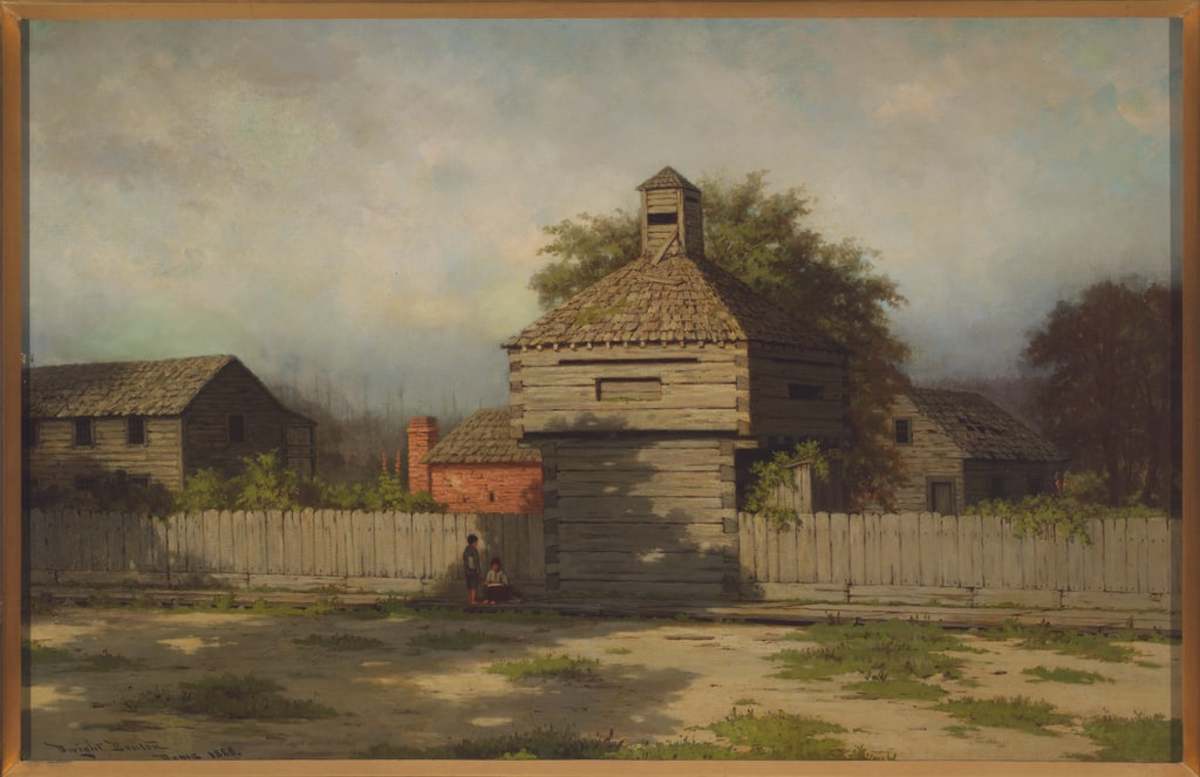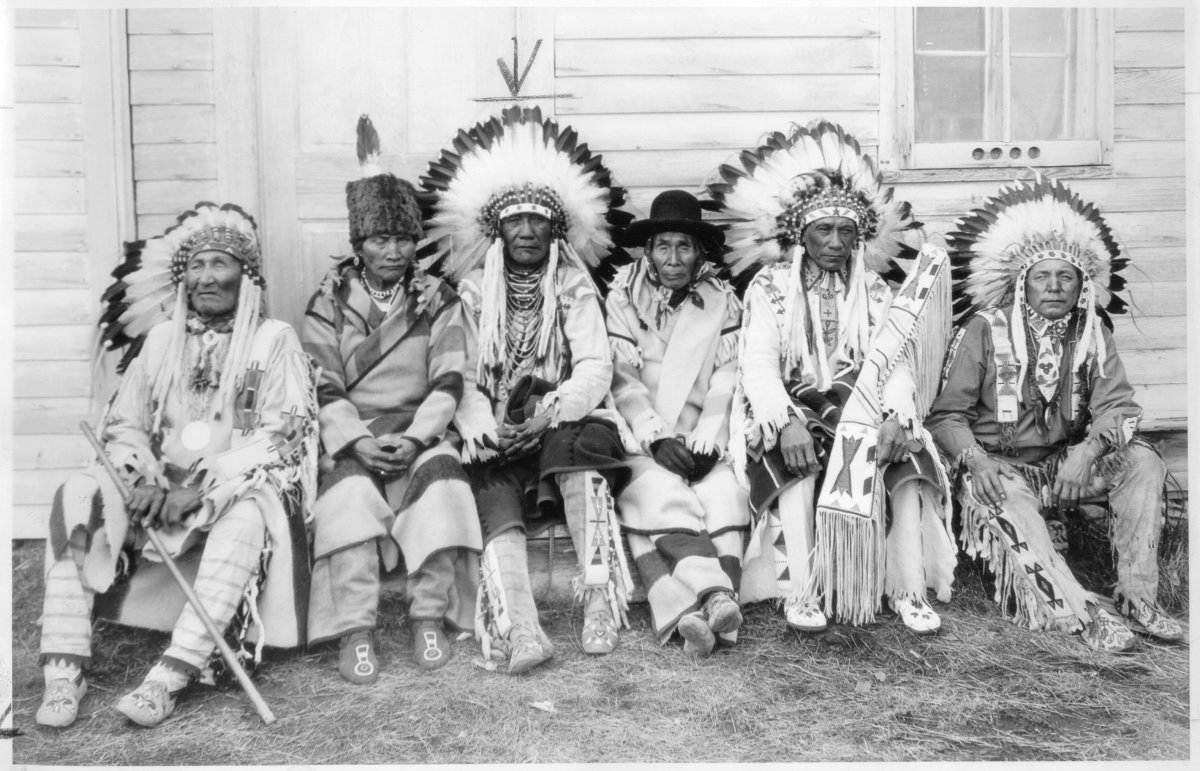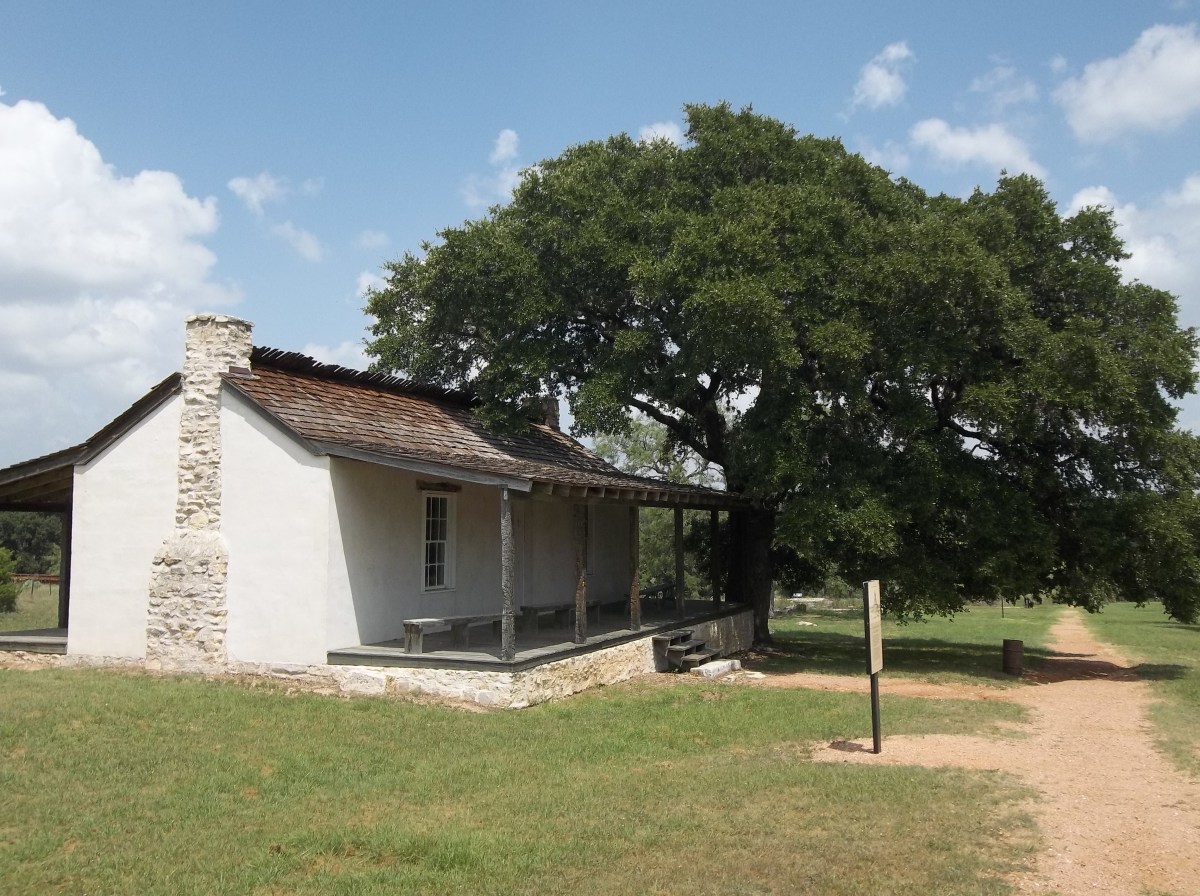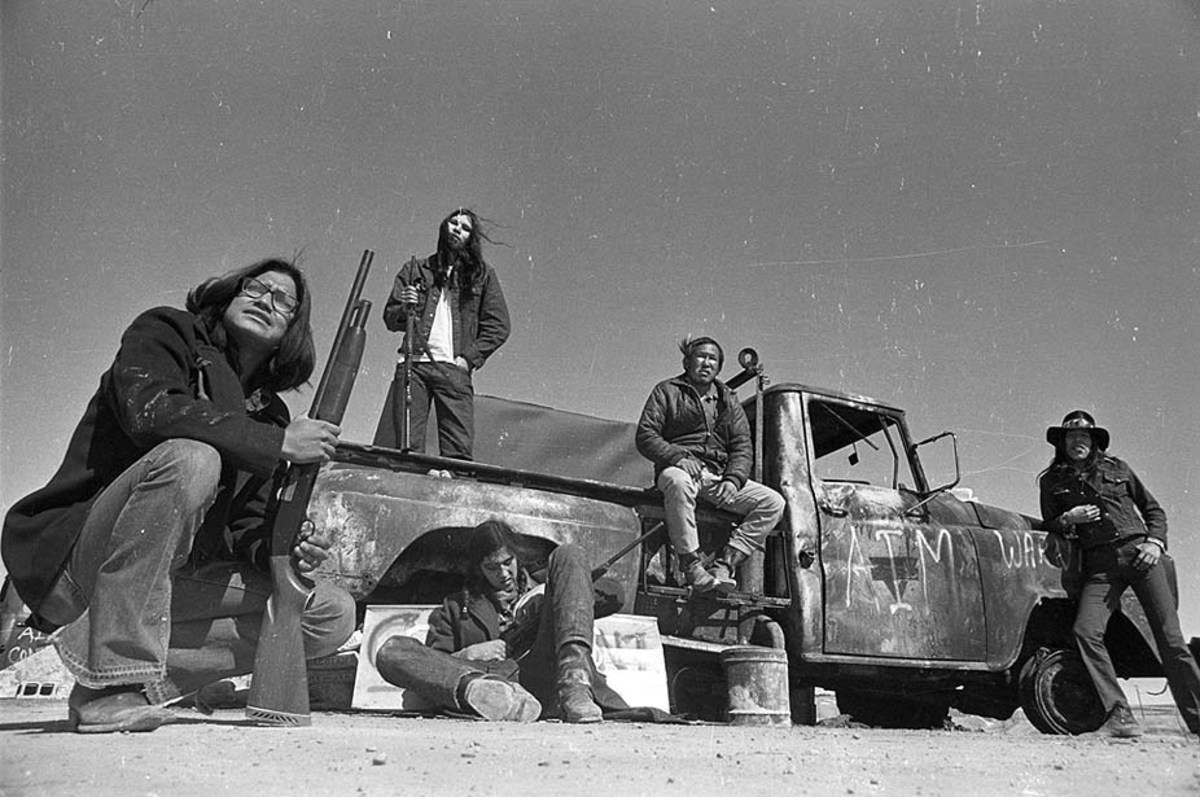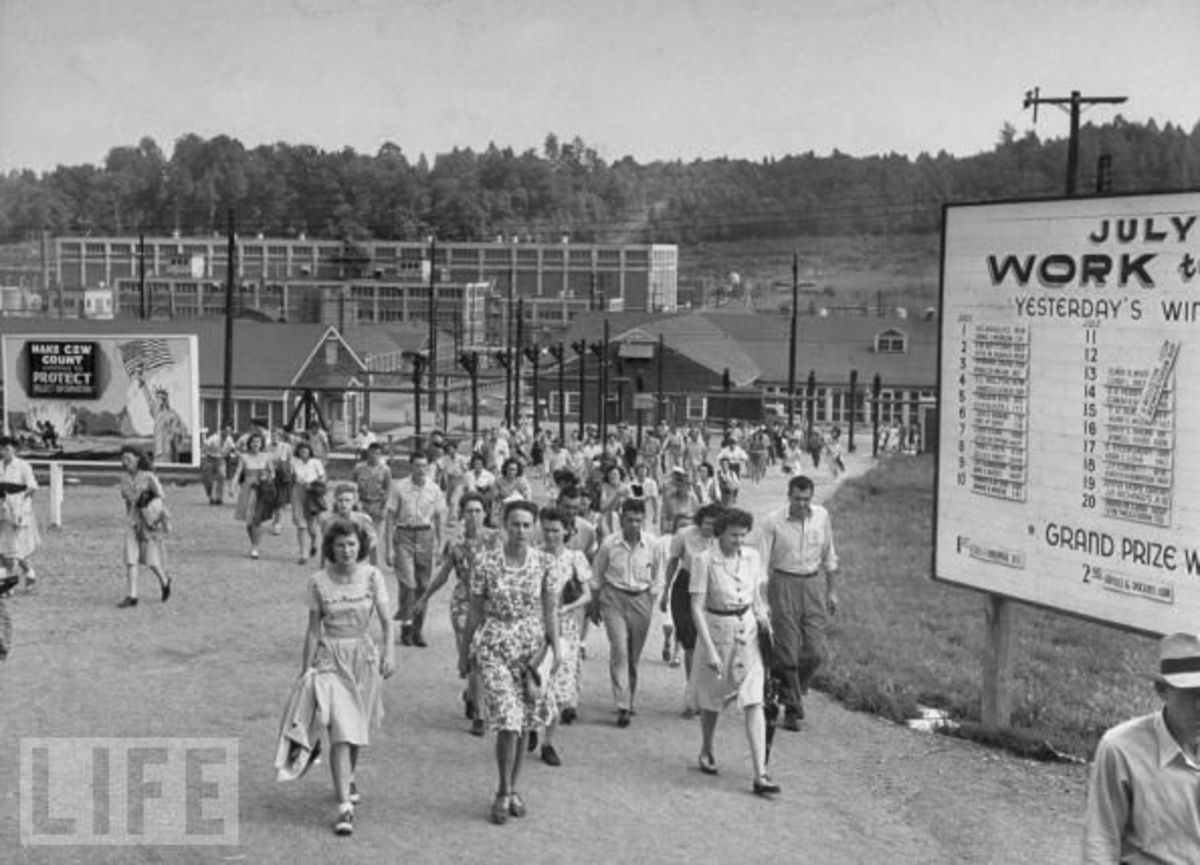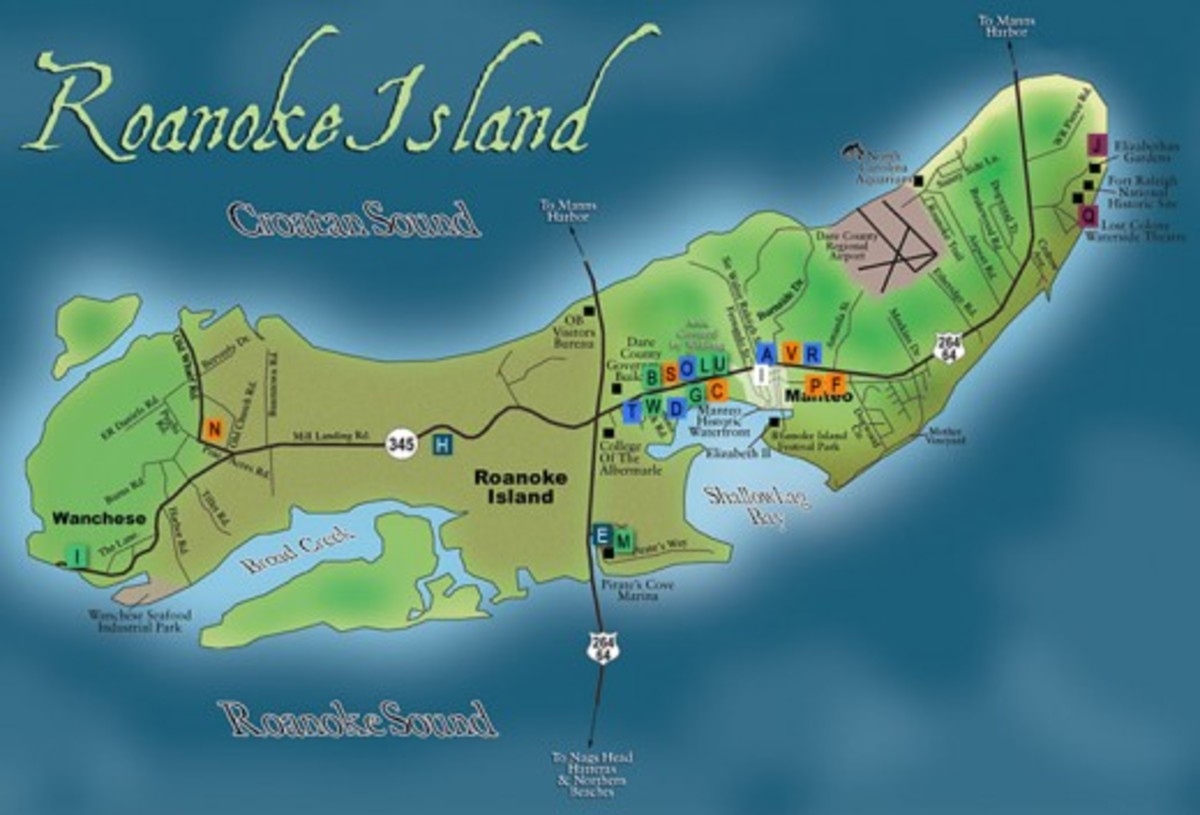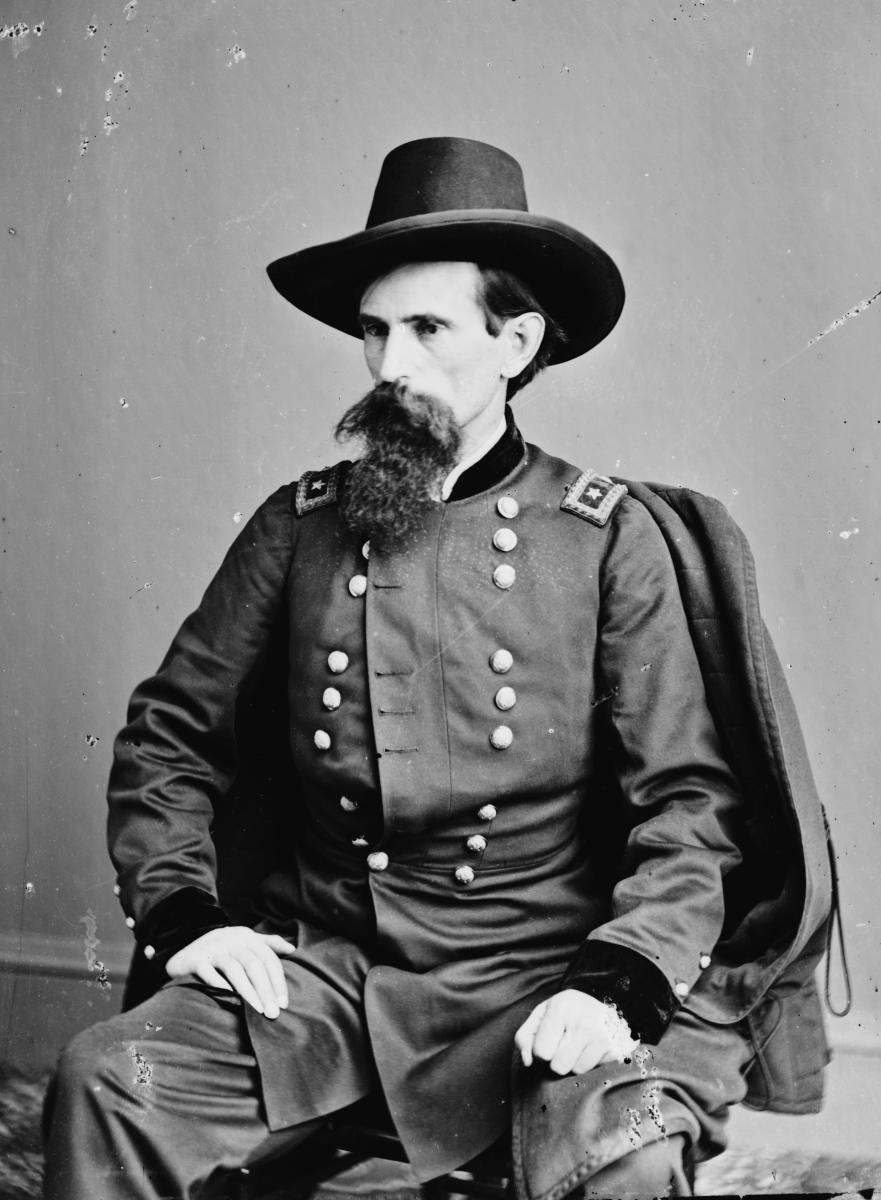- HubPages»
- Education and Science»
- History & Archaeology»
- History of the Americas
Largest Mass Execution in U.S. History, Mankato, MN. 1862


The Hangings at Mankato
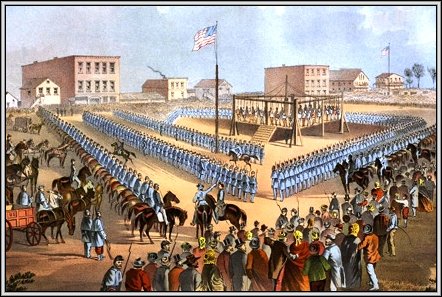
The hanging of 38 Santee Sioux Indian men at Mankato, Minnesota, on December 26th 1862 became the largest mass execution in the United States on record. It also became an indelible mark of shame and a copious stain in American History.
Governor Alexander Ramsey’s statement on September 9th of 1862 reflects how the Sioux were viewed by white Americans at the time. "The Sioux Indians of Minnesota must be exterminated or driven forever beyond the borders of the state." Ramsey later placed bounties on their scalps and sent expeditions into Dakota Territory to hunt them down.
However, the story actually begins before their surrender at the end of the short lived U. S. Dakota War of 1862. It was preceded by a number of violent incidents. On August 17th, four starving young Dakota warriors were hunting for food in Action Township.

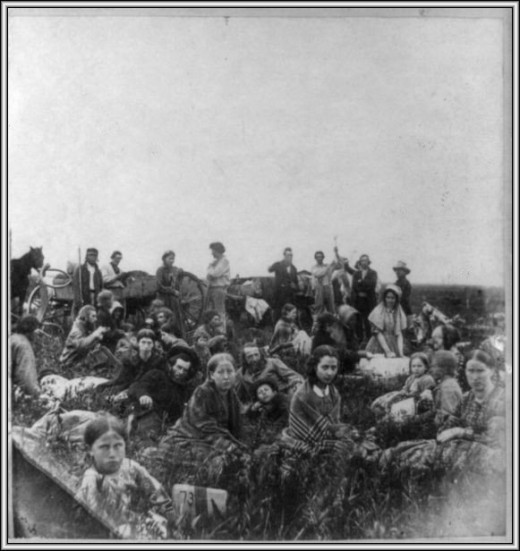
During that hunt one stole a few eggs and killed five white settlers. Their leader, Chief Little Crow, decided to continue attacks to drive out the whites because of their failure to keep their promises and inhumane treatment they had received at their hands.
The next day he led a group that attacked the Lower Sioux, or Redwood, Agency where Andrew Myrick, the representative of the government traders was one of those killed. The Dakota continued their attacks by storming the settlement of New Ulm on August 19th, and again the following day. At first the war party had decided not to attack Fort Ridgely and instead hit the town of New Ulm, killing settlers along the way. However, defenders of the town, having gotten word of the uprising had fortified their town with barricades and managed to hold their attackers at bay. Though, the Indians managed to breech a few points and burn much of the town.
With this building their confidence they turned to the Fort which they assaulted on August 20th and 22nd. Although, not able to take the fort, they were able to ambush a relief party, raid farms and other settlements throughout south central Minnesota and eastern Dakota Territory.

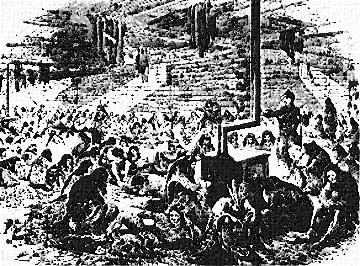
American forces suffered a major defeat at the Battle of Birch Coulee on September 2nd when Dakota warriors attacked a detachment of 150 American soldiers during a three hour early morning clash, about 16 miles from Fort Ridgely.
After the assault, 13 soldiers had been killed and 47 others wounded. The Dakota suffered only two casualties. Upon hearing about the battle, the commander at Fort Ridgely immediately sent 240 soldiers to relieve the battered detachment at Birch Coulee. Between late August and September, the Dakota continued with several failed attacks on Fort Abercrombie. Most Dakota fighters surrendered shortly after the Battle of Wood Lake at Camp Release, September 26th.
Surely, they would be treated humanely as prisoners of war. However, once again, the U.S. Government failed to honor its treaties with the Indian Nations who had already turned over a million acres of their land…for which they were never paid.
Although the U.S. Government may have thought the Indians had been paid, in actuality the money they were promised mostly ended up lining the pockets of unscrupulous Indian agents and private contractors, their food sold to white settlers. They were given the spoiled and rotten leftovers to eat and treated worse than dogs.
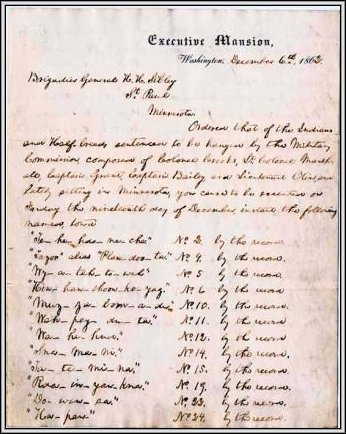
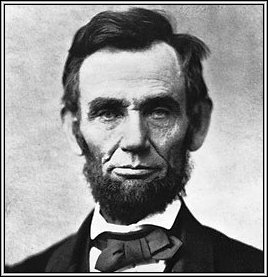
The price they were to receive for their lands was also far below what the government had paid for other land of similar value. In light of their appalling and unspeakable living conditions, they were forced to send hunting parties off their reservation to find food. And for this, they were branded war criminals.
It was November 7, 1862, when about 1,700 Dakota Indians, mostly women and children, were force marched at gunpoint to a concentration camp at Fort Snelling, and then shackled and transported to another concentration camp at Mankato. At Mankato they were separated, the men from women and children.
The next day, following a quick, brief trial, they were tried and convicted as war criminals in what amounted to nothing more than a kangaroo court. The tribunal condemned 307 men to death by hanging and 16 to prison sentences. The condemned men were imprisoned to await their execution orders from President Lincoln. Military authorities and Minnesota representatives urged the president to approve the executions.
However, Lincoln was still dealing with the Civil War and was concerned an execution of that number might enrage European nations who might in turn support the Confederacy. So, the number was pared down to 39. One other name was later taken off the list.
The remaining prisoners, mostly women, children, sick, and the elderly, were marched at gunpoint back to Fort Snelling and confined in St. Paul’s concentration camp to endure a freezing, difficult winter. While on their way to the camp they were paraded through towns where white citizens greeted them as they would a circus side show. They were taunted and assaulted. Sticks and rocks were thrown and some were beaten. Reportedly, at least on one occasion, boiling water was thrown. It’s not known how many died on that journey, or even what happened to their bodies.
Then, on December 26th the 38 were lynched all at once by the U.S. military on a single scaffold. In a way the irony was profound. One day Americans celebrated the birth of Jesus Christ, and the next, cheered the execution of 38 people.
In May 1863, the remaining survivors of the Fort Snelling concentration camp were transported by boat to Davenport, Iowa, where most spent an additional three years of confinement. About one third died before they were released. Those surviving the ordeal, were shipped down the Mississippi River to St. Louis and then up the Missouri River to the Crow Creek Reservation in South Dakota.
Unfortunately, their deaths didn’t bring an end to the atrocities inflicted upon Native Americans. After the Civil War, General Sherman declared a personal war against the Plains Indians. He was determined to bring about a “final solution of the Indian problem.” By 1890, all of the Plains Indians had either been killed or placed on reservations. His plan had become reality.

